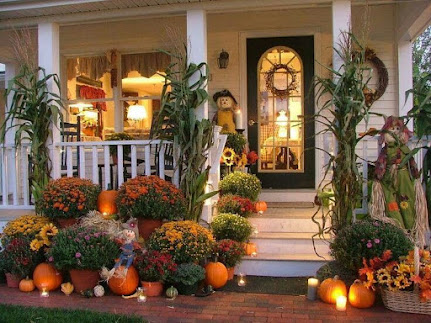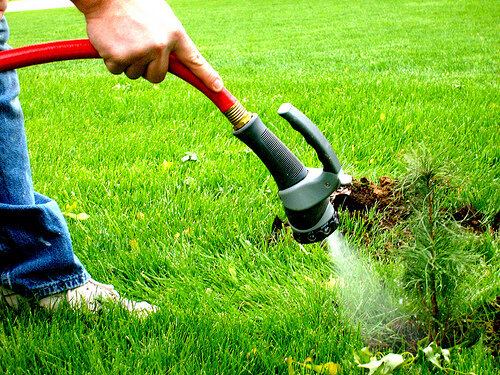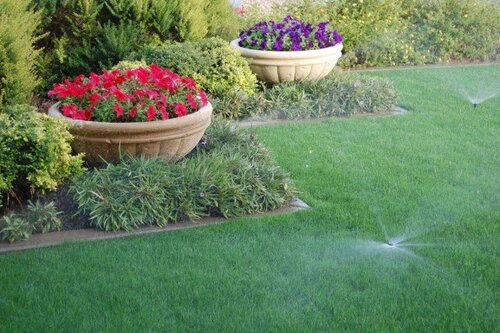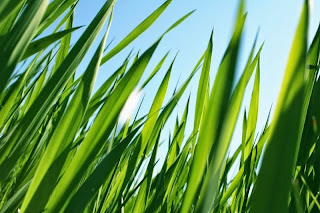Tips for the Garden - December
2020
The month of December brings the holiday season and warm thoughts of family, friends and community. I would like to say, “Thank You” and wish you and yours a “Blessed Holiday Season” with all the best in the New Year!
Fall will turn into
winter this month. It may not always be the most comfortable time to be
planting anything in your landscape, but it is a great time for the plants.
Trees and shrubs are completely dormant now, so the concept of transplant shock
does not apply.
If you want to think of
warmer days of spring, garden seeds for 2021 are available for purchase in the
store. Our selection of Botanical Interests seeds is a large diverse selection.
Start gardening in your mind to make you feel better when it snows.
Houseplants are another way to keep the warmer thoughts of spring and summer around! And they are fantastic for keeping your home fresh and cleaning the air! Here are a few tips on winter houseplant care. Flowering plants need at least half a day of direct sunlight. Cacti and many succulents require a sunny location, and croton plants need direct sun to maintain the decorative color. The ideal temperatures for foliage plants are 68-70 degrees during the day and slightly lower at night. The amount of water the houseplants need declines during winter, so increase the amount of time between watering.
Some of the plants in your landscape can help you decorate for the Christmas season as you prune them for next year. Holly and Boxwood can be trimmed now with some of the cuttings used to accent wreaths or live indoor plants. Some of the growth of evergreens such as White Pine, Norway Spruce, and even some of the seed heads of ornamental grasses can be used to make a harvest wreath or basket for your front door or porch. Talk about recycling! After Christmas, you can take them to your compost bin for future fertilizer!
Continue to feed our fine feathered friends and place heated birdbaths with fresh water out for them. Our wildlife needs care and attention as numbers have been dwindling and they are needed for pollination and health of our planet, join in the fun, or ask us how you can. We will show you the way.
Again, I wish you and
your family a very Blessed Christmas season. Let’s get to work on planning that
beautiful garden scene for next year!
See you in the Garden……
Sandi Hillermann McDonald
















 Water conservation is of the utmost importance during our dry summer months. Water where it counts, at the roots, not the leaves. Drip irrigation systems in landscape beds do wonders for water conservation and are easy for the homeowner to install. Trees and shrubs would also benefit from a deep root watering this time of year. You can use a deep root feeder (without the fertilizer) for this purpose. Water plants around the drip line for best success. Doing this every 2-3 weeks is beneficial. When you mow your grass, cut it less frequently and at a higher level. Longer grass blades shade the soil and conserve moisture. Plant drought tolerant, native plants where possible.
Water conservation is of the utmost importance during our dry summer months. Water where it counts, at the roots, not the leaves. Drip irrigation systems in landscape beds do wonders for water conservation and are easy for the homeowner to install. Trees and shrubs would also benefit from a deep root watering this time of year. You can use a deep root feeder (without the fertilizer) for this purpose. Water plants around the drip line for best success. Doing this every 2-3 weeks is beneficial. When you mow your grass, cut it less frequently and at a higher level. Longer grass blades shade the soil and conserve moisture. Plant drought tolerant, native plants where possible.










